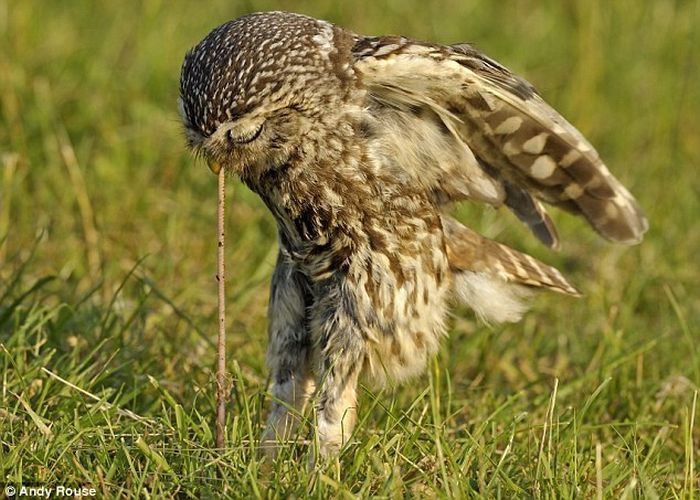|
|
Owl Battle
|
Most owls are nocturnal, actively hunting for prey only under the cover of darkness. Several types of owl, however, are crepuscular, active during the twilight hours of dawn and dusk; one example is the pygmy owl (Glaucidium). A few owls are also active during the day; examples are the Burrowing Owl (Speotyto cunicularia) and the Short-eared Owl (Asio flammeus).
The serrations on the leading edge of an owl's flight feathers reduce noise.
Much of the owls' hunting strategy depends on stealth and surprise. Owls have at least two adaptations that aid them in achieving stealth. First, the dull coloration of owls' feathers can render them almost invisible under certain conditions. Secondly, serrated edges on the leading edge owls' remiges muffle an owl's wing beats, allowing its flight to be practically silent. Some fish-eating owls, for which silence is of no evolutionary advantage, lack this adaptation.
|
|









